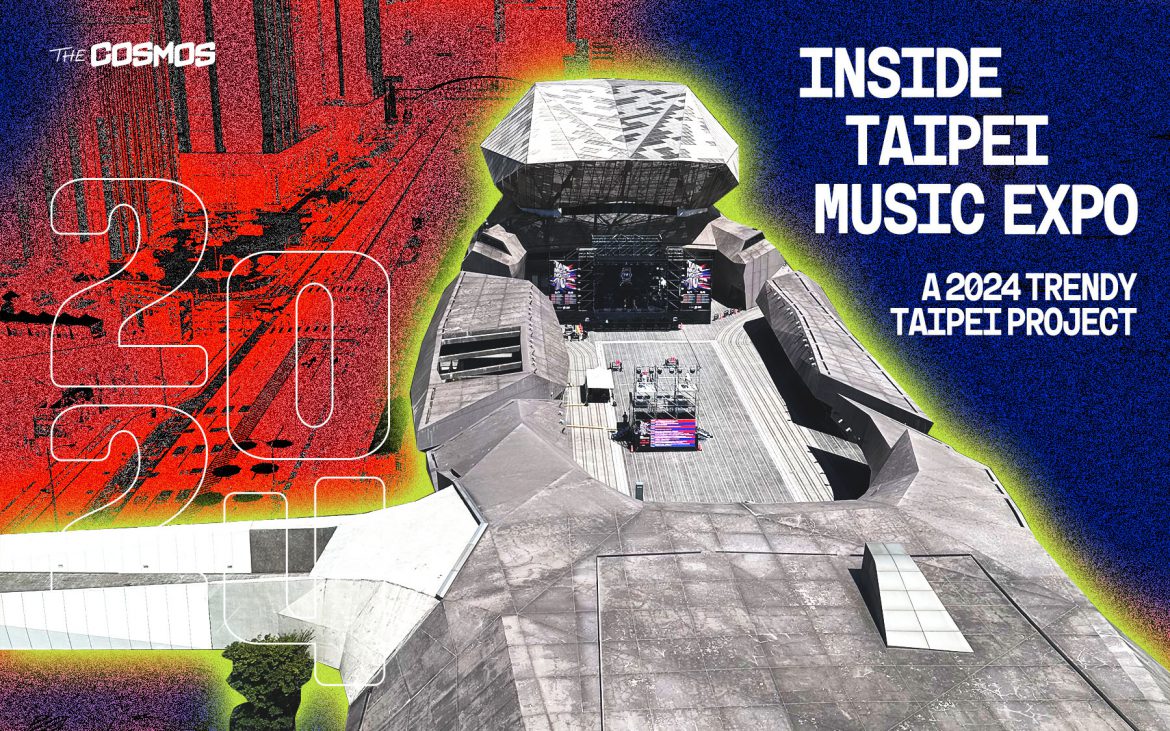2024 TRENDY TAIPEI is a national project organized by the Taipei City Government, focusing on integrating music with art, culture, technology, and innovation. It’s a collaboration between the public and private sectors aimed at elevating Taipei to the global stage, with the Taipei Music Center at its core. The project seeks to strengthen Taiwan’s music industry through international cooperation and global business connections, while showcasing the potential of Taiwanese artists on the world stage. The event is built around the creative concepts of “recharging” and “discharging” to energize and release creativity among the people of Taiwan.
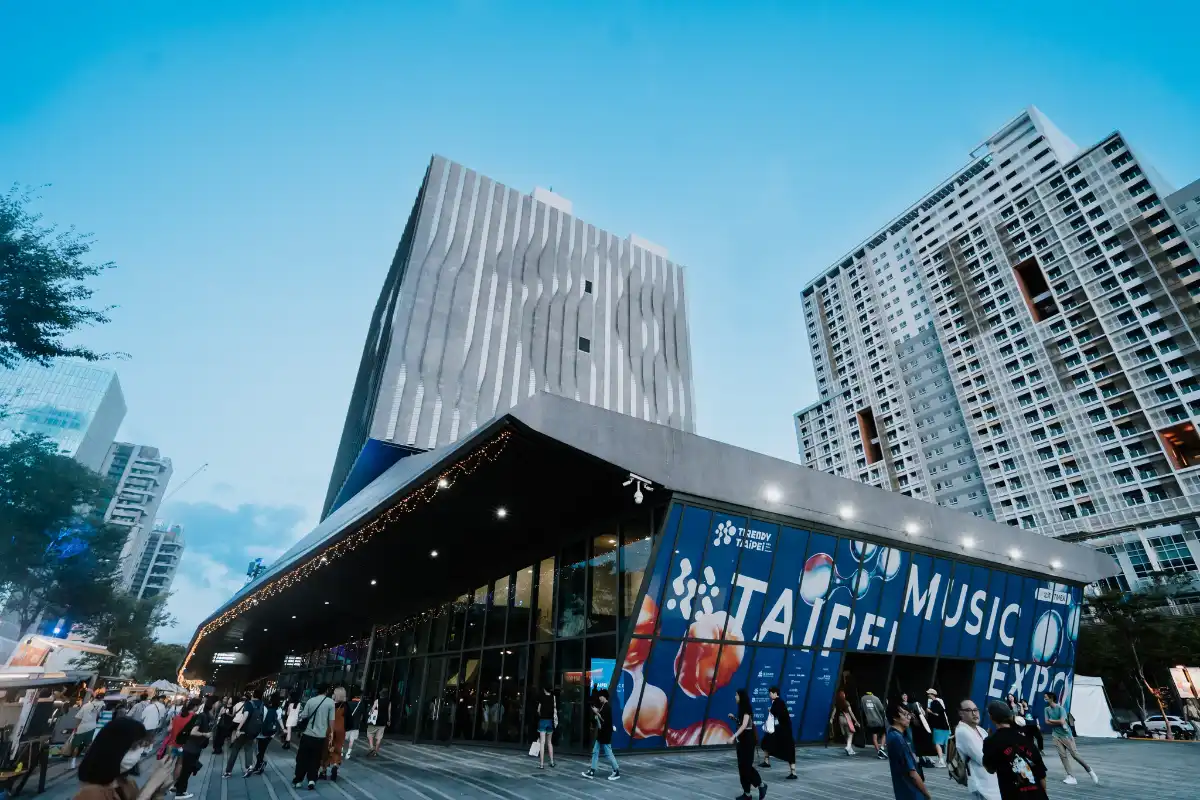
The Taipei Music Center (TMC) has played a key role in developing Taiwan’s pop music industry since 2020, providing a space for artists to showcase their talents, driving the industry forward, nurturing new artists, and connecting with the global music scene. On September 7-8, they hosted the Taipei Music Expo (TMEX), a two-day festival designed to bring together all sectors of the music industry—from artists, behind-the-scenes professionals, record labels, and event organizers to music festival owners. The event aimed to facilitate business exchanges to ensure the sustainable growth of the music industry with the International Panel Session curated and organized by NPCC Curating Co. and JAM JAM ASIA music showcases.
The Cosmos was invited to attend this event and we must admit that, as a Thai citizen, we’re envious of Taiwan government’s vision that truly commits in supporting the art and music scene, both by fostering systematic growth at the business level and providing funding to both local and international artists to promote diversity in music. They are also connected to the global music industry, and perhaps what we admire the most is how they cultivate a local audience that actively supports their homegrown artists.
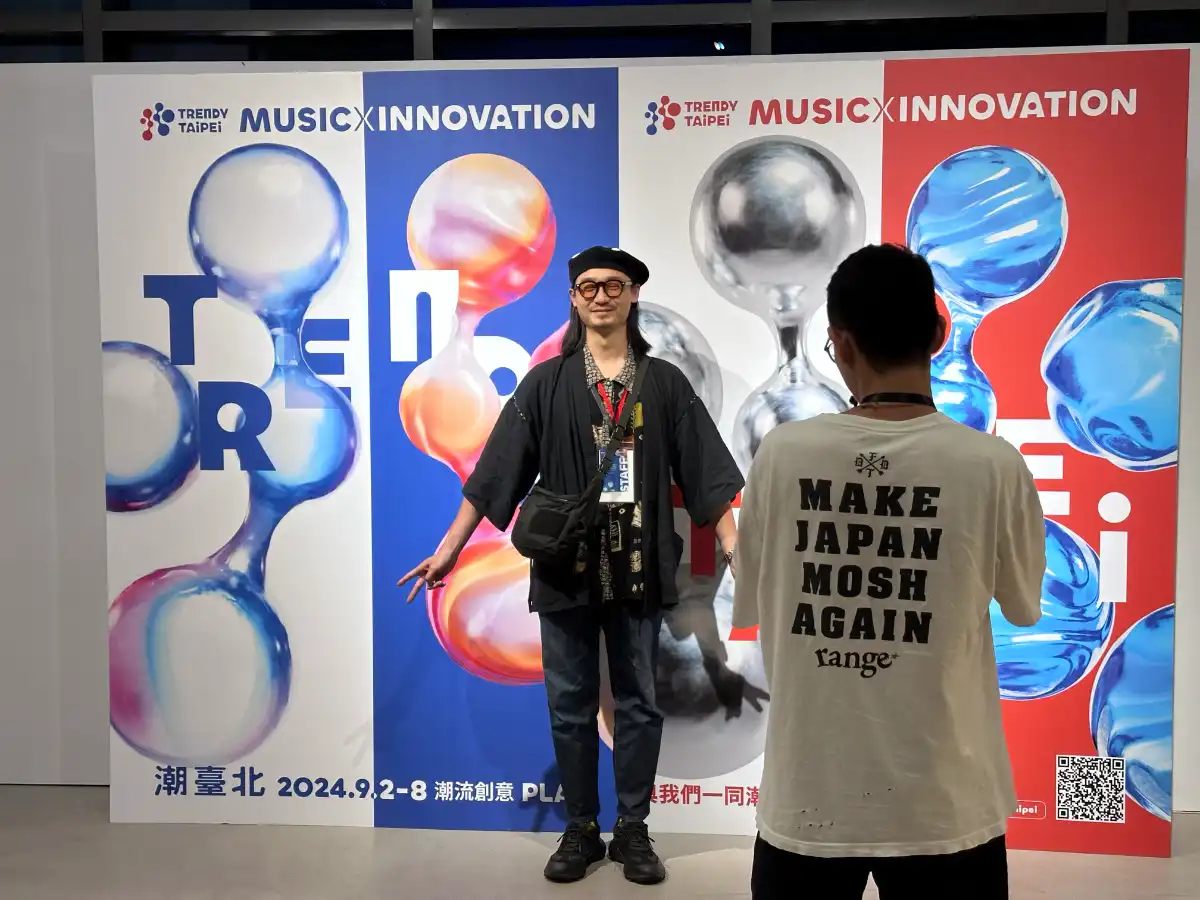
We’ll take you on a full tour of this event, explaining why such events are crucial for a country, and why we need something similar in our own country. TRENDY TAIPEI
Taipei Music Center (TMC): Taiwan’s Music Hub for Global Growth
First, let’s talk about the venue itself, which is a cornerstone of the 2024 TRENDY TAIPEI project. TMC, located in the Nangang District of Taipei, is a cultural center blending music and lifestyle. With its unique architecture and outdoor performance spaces, TMC is dedicated to promoting Taiwan’s music industry through events that support both new artists and the preservation of Taiwan’s musical heritage. It also works to bring Taiwanese music to a global audience, embracing innovation and international collaborations.
The main building also functions as a museum, featuring a permanent exhibition called “Music Island Stories: Pop Music in Taiwan.” This exhibition spans three floors and showcases the history of Taiwanese pop music across 12 zones, displaying 1,326 items and over 111 classic songs. It offers a musical journey that reflects Taiwan’s cultural development through music over hundreds of years, connecting generations through shared memories tied to popular songs and historical events.
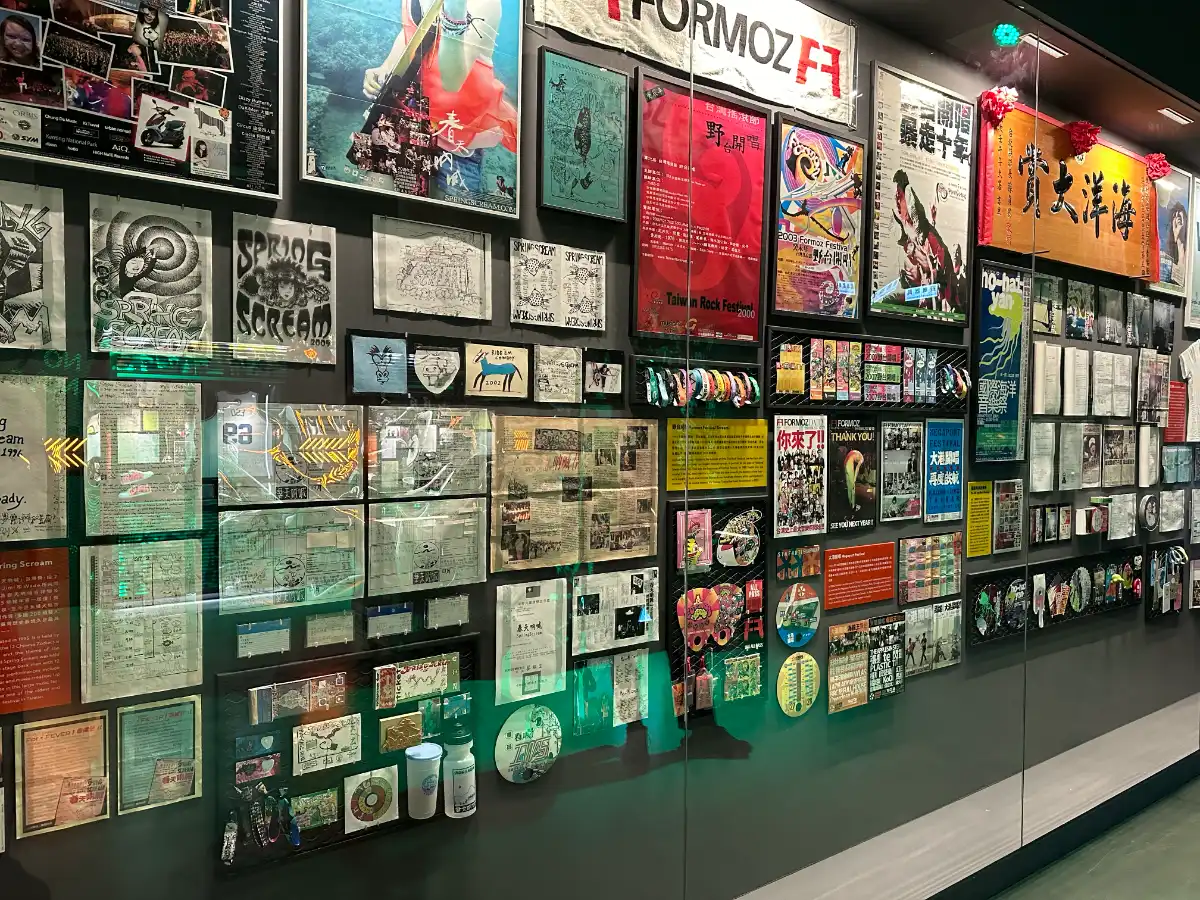
One of the most impressive sections of the exhibition is the “Live Music and Festival” zone. It highlights Taiwan’s indie scene from the 90s when underground bands transitioned from covering foreign songs to creating their own original music. These artists laid the foundation for Taiwan’s independent music scene and helped build the live house culture, attracting thousands of young people into listening to live music. Today, indie music has become mainstream for Taiwan’s youth. TRENDY TAIPEI
What stands out in this zone is the collection of design works from famous venues, including stage and poster sketches, festival merchandise, wristbands, and even concert tickets. For those wanting to organize their own events, this zone offers plenty of inspiration and practical ideas to take away.
Surrounding the TMC building is a concert hall with a capacity of 5,000 pax and 3 live houses ranging from small to mid size managed by the government and key figures in the music industry. We’ll cover more details about this in the next section. Additionally, the Plaza, located between the live houses, offers everything a music lover could want—rehearsal rooms, music instrument stores, vinyl and CD shops, restaurants, bars—all designed to accommodate up to 3,000 people.
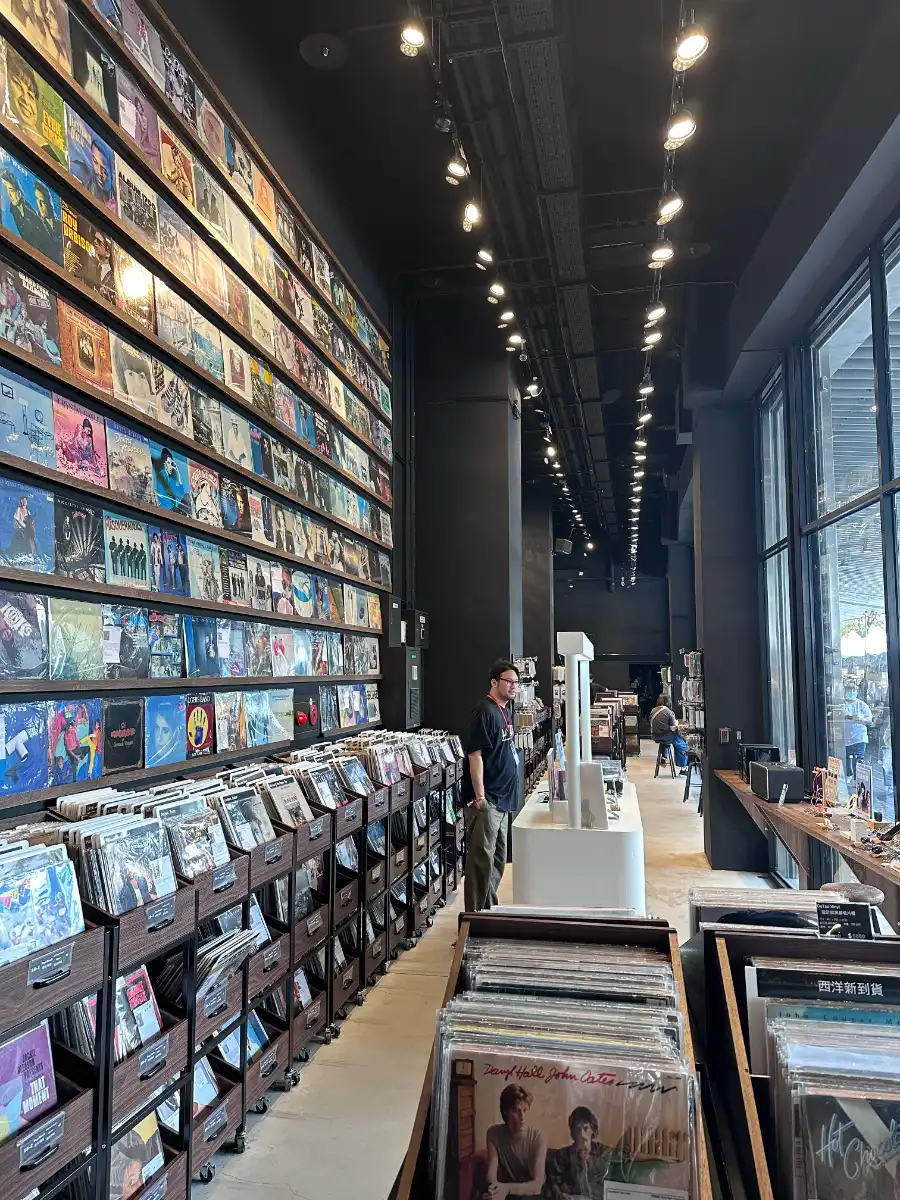
There’s also a large outdoor space perfect for hosting music festivals. Everything in this space is designed with music events in mind, and I have to say, it’s incredible. If Thailand were to try and replicate this, it would likely take more than 10-15 years, but Taiwan has already been thinking ahead for over a decade! TRENDY TAIPEI
Taipei Music Expo (TMEX): Connecting Taiwan’s Music Industry to the World
Back to our event, TMEX brought together over 40 music businesses from Taiwan and abroad, including music festivals, record labels, and artist management companies, to foster business exchanges within Taiwan’s pop music industry. Additionally, TMC invited 25 music experts from 12 countries to help expand the music market across Asia. TRENDY TAIPEI
The event featured several highlights, including the ‘Exhibition Trade Show’, where 20 Taiwanese music festivals, record labels, media outlets, concert organizers, and more set up booths to showcase their products and services. Alongside this was the ‘Roadshow’, a platform where participants could present new innovations, plans for the music industry, and ways to promote culture within their countries. Attendees gained valuable insights into the music ecosystem and the latest developments in Taiwan’s music business. TRENDY TAIPEI
However, the event we were most excited about was the ‘International Panel Session’ organized by NPCC Curating Co., a seminar where key figures from Asia’s music industry gathered to exchange ideas and debate various topics related to the music scene. Each discussion was incredibly engaging, and we, the Cosmos team, did our best to compile and summarize the key takeaways from these discussions for you to read!
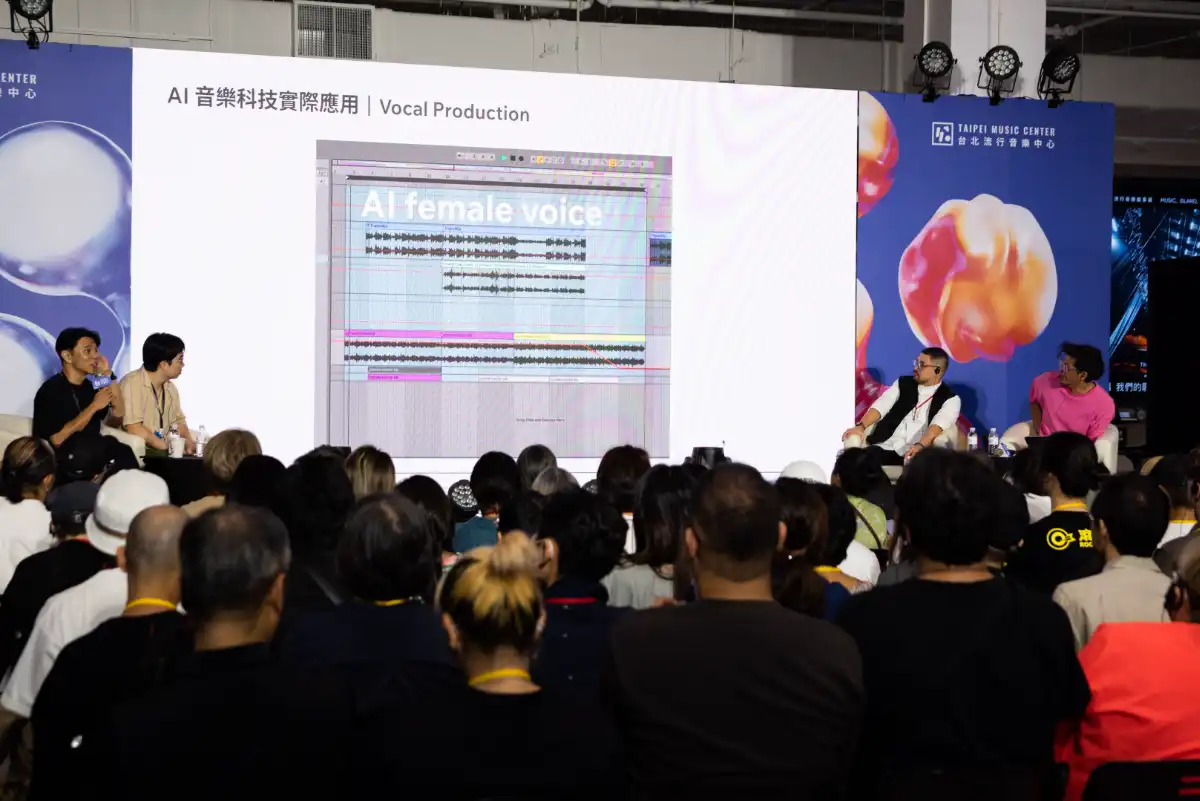
Tuning into the Future of Sound: How AI is Redefining Music Creation, Production, and Consumption
Let’s kick things off with the first topic, addressing the rising trend of AI’s involvement in the music industry. AI is increasingly being used to compose music, catering to nearly every emotional need of listeners, without the need for expensive production processes. One popular model is Stable Audio, where users simply input a prompt, and the AI generates music based on the description. However, at this point, AI-created music may not yet achieve the depth and creativity of human-made compositions.
For this session, we were joined by Mike Constantino from Sonik Philippines, a well-known music showcase, and David Siow, co-founder of the Axean Festival from Singapore, a major music showcase operating in South East Asia regions. They both expressed that people might be overreacting to the arrival of AI in the music industry. They’ve seen many AI tools in action and believe there’s a large audience interested in starting to create their own music. AI has already learned a lot from producing short pieces of music, all without any financial investment. People often use these AI-created tracks for small personal projects, opening up new creative possibilities that were previously unimaginable.
Another segment of the seminar featured video tutorials that simplified AI usage, making it accessible for anyone to try at home. These tutorials covered everything from writing effective prompts, using tools like Spit Tools to repurpose sound elements, to auto-tuning vocals without any sound engineering knowledge.
Mike mentioned that many artists use AI to overcome creative blocks or experiment with new techniques. However, he emphasized that AI is merely a tool that makes the creative process easier. No matter how good the raw material is, the final product still depends on the artist’s creativity.
The session also touched on a hotly debated issue: copyright and intellectual property. Laws vary from country to country and are often struggling to keep up with technological advances. The speakers, who are advocates for AI, suggested that if music creators consent to letting AI learn from their work, the problem is resolved. They gave an example of restaurants using AI to create their own music playlists without having to pay royalties to record labels.
Looking ahead, AI is expected to revolutionize the music industry, not only in how artists work but also in marketing. However, users must also be mindful of legal and ethical considerations when using AI.
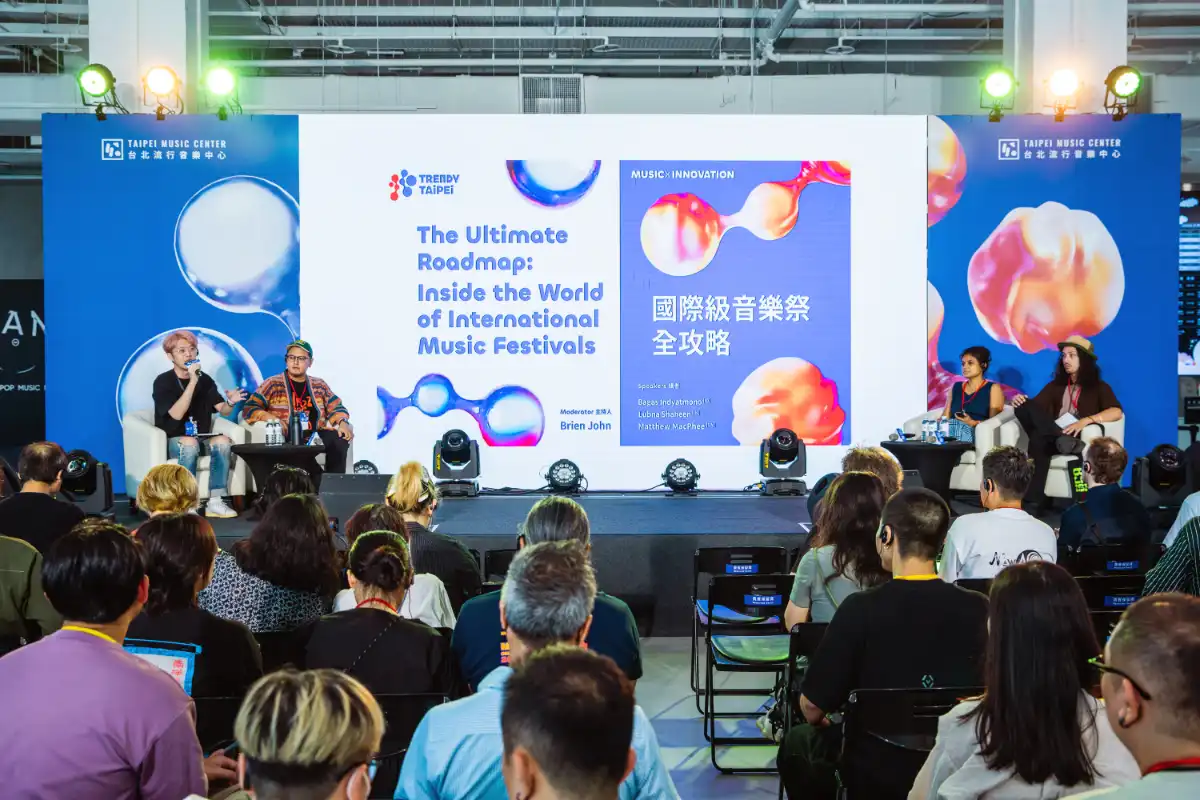
The Ultimate Roadmap: Inside the World of International Music Festivals
Over the past year, music festivals in the UK faced a 4% drop in ticket sales. While this number may seem small, it represents a significant loss, causing some festivals to cancel and forcing some promoters to leave the industry altogether. The issue, seen globally, is that younger generations struggle to afford tickets, while older adults face limitations due to age or physical constraints. As a result, many festivals are shifting their focus to niche markets rather than hosting large-scale, mass events.
This discussion takes us on a journey through three international music festivals, with insights from their organizers and curators: Bagas Indyatmono from Indonesia, Lubna Shaheen from India, and Matthew MacPhee from Vietnam. Each festival has a unique concept shaped by local culture, challenges, and solutions to ensure the sustainability of their events. Let’s first get to know these three festivals:
– Jazz Gunung Festival: Held in the mountains of Indonesia, this jazz festival offers breathtaking stage views and seamlessly integrates with local indigenous culture. Its strengths lie in affordable ticket prices and strong ties with the local community, which boosts the local economy and ensures that 90% of the festival uses eco-friendly materials. The natural atmosphere of this event is unmatched.
– Ziro Festival: Set in the Ziro Valley in northern India, this festival brings together local artists and international musicians, with a focus on using local resources. Another standout feature is its family-friendly atmosphere, welcoming attendees of all ages to enjoy the event.
– Outlandish Festival: Known for its diverse and unconventional lineup, this Vietnamese festival has become a trendsetter. It celebrates both music and art, collaborating with local artists and promoting small-scale events to create an exclusive community of dedicated festival-goers. Outlandish Festival is growing rapidly, thanks to its innovative approach.
Now, let’s dive into the key challenges each festival faces. Bagas shared that the main issue for Jazz Gunung Festival is transportation. However, the strong relationship with the local community has allowed them to find sustainable solutions, such as using local transport and encouraging locals to open homestays for festival visitors. This has not only increased attendance but also reduced costs for festival-goers and created jobs for the local population.
For Ziro Festival, Lubna mentioned how she’s been fortunate to receive government support from the start, which has alleviated concerns over ticket revenue. Instead, part of the funds goes toward supporting the local community. Locals are actively involved in the festival through workshops and creative displays, broadening the age range of attendees.
Matthew shared insights into the Vietnamese festival scene, where lineups are often repetitive due to a lack of collaboration among organizers. To counter this, Outlandish Festival offers a unique lineup while balancing costs and ticket prices. Matthew has worked with local partners to improve transportation and reduce costs for attendees, including offering discounted tickets for students to make the festival more accessible and inspire the younger generation.
What makes these festivals stand out is their genuine collaboration with local communities. All three events prioritize the local economy to foster sustainable growth and always keep the attendee experience at the forefront. This approach generates organic buzz and interest, without the need for extensive advertising.
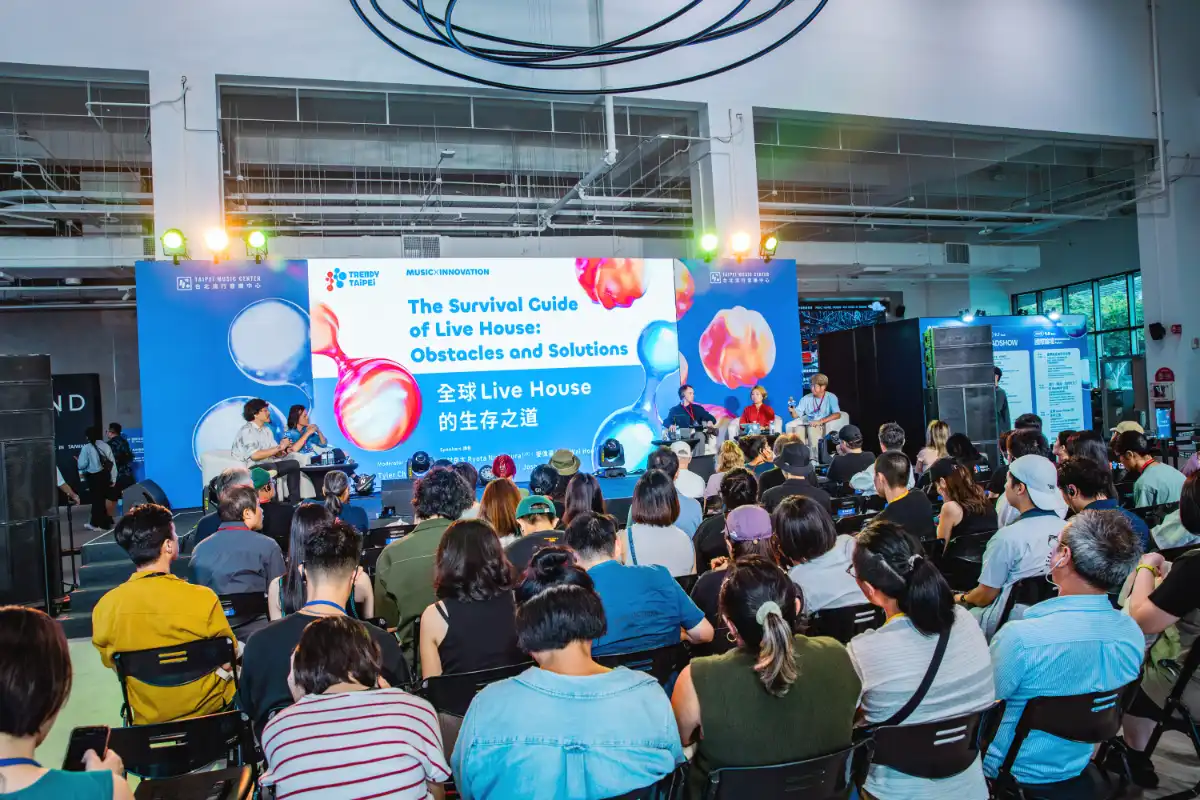
The Survival Guide for Live Houses: Obstacles and Solutions
Live houses and venues worldwide are facing unprecedented challenges, particularly due to the slowdown in the music industry’s growth, especially following the pandemic. Many venues have struggled to return to being active music spaces. In this discussion, we heard from owners and managers of four live houses across Asia who have adapted their strategies to continue inspiring new artists while balancing music and business to keep their live houses operational.
– Live Fact Studio, a small live house in Kota, Malaysia, run by Mak Wai Hoo, has chosen to minimize operational costs. In addition to hosting concerts, he opens the space for artists to rent for rehearsals, film commercials, and hold various artistic events, generating alternative revenue.
– Phoenix Central Park, an intimate venue for 140 people in Australia, is renowned for its award-winning architecture. Producer Josh Milch explained that they are supported by a major corporation, allowing them to focus entirely on music and the artists. They host weekly concerts for emerging artists, all free to attend, and frequently offer performance art events as well.
– KT&G Sangsang Madang, managed by Jeong Joo Ran, is backed by a large corporation in Korea, allowing them to fund numerous music projects such as “My First Concert,” which curates up-and-coming indie artists, and the “Band Discovery” music competition. The parent company also owns media outlets, giving the performing artists broad exposure to larger audiences.
– duo Music Exchange, located in the heart of Shibuya, Japan, hosts daily performances featuring the most skilled and promising artists of the time. Ryota Nishimura highlighted the venue’s unique low stage design, which helps reduce the distance between the audience and the performers, enhancing the live experience.
Each country faces distinct challenges influenced by their respective music cultures. Ryota noted that young people in Japan are increasingly turning away from live houses in favor of anime and gaming. To address this, he has kept ticket prices affordable while managing the audience’s expectations for high-quality shows.
Mak shared that in Malaysia, audiences prefer music festivals over live house concerts, so he’s had to get creative by booking well-known artists to attract attention back to smaller, intimate shows. Jeong Joo Ran added that in Korea, government funding for non-mainstream music is insufficient, with most of the budget going to traditional music, forcing them to work harder to sustain their events.
A turning point for the live house business was the pandemic. All four venues turned to live streaming to stay connected with fans and support artists. Mak recounted how the initial cancellation of all performances led to a complete loss of income. Fortunately, his landlord allowed him to defer rent for three months, and through donations, he was able to cover those costs within just a few days.
One thing that stood out is how all four countries received some level of government support during the pandemic. Though the funding varied, it helped the venues survive through the toughest times. The return of concerts has been met with overwhelming ticket sales in all countries, as people were eager to attend live events after prolonged lockdowns.
After overcoming those challenges, live houses have begun adapting and expanding beyond just concerts. Many have transformed into rehearsal spaces or recording studios and now host various events. duo Music Exchange even offers a dedicated area for artist fan meetings. The key challenge for modern live houses is attracting younger audiences to live music and building strong communities with the artists, as mutual support is essential for continued success.
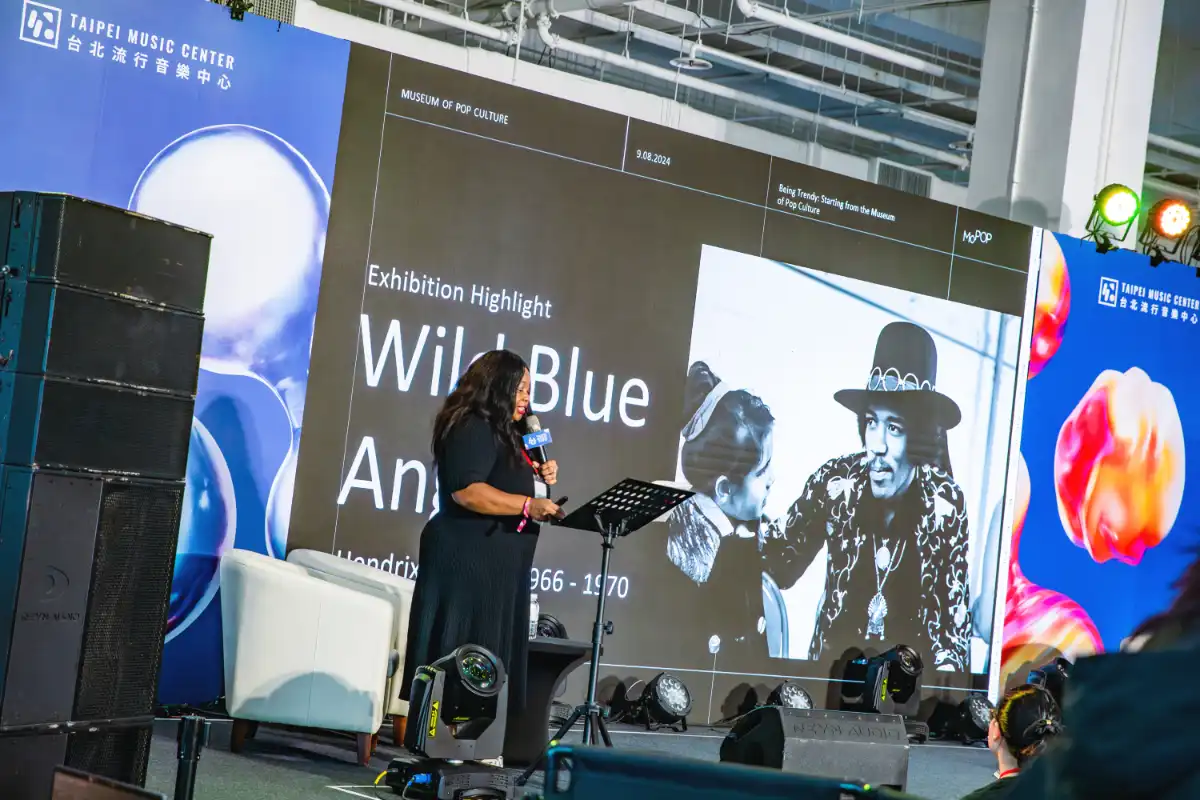
Being TRENDY: Starting from the Museum of Pop Culture (MoPOP)
Explore the secrets behind the success and technological integration at the Museum of Pop Culture (MoPOP), as revealed by CEO Michele Y. Smith. She explains why MoPOP stands out as the best pop culture museum in the world.
Located in Seattle, Washington, MoPOP is a museum dedicated to everything trending on the internet worldwide, covering music, film, science fiction, gaming, and fashion. The museum is renowned for its stunning design and cutting-edge technology, allowing visitors to seamlessly immerse themselves in this simulated pop culture world.
One of the museum’s flagship exhibitions is the biographical showcase of two legendary artists born in Seattle: Jimi Hendrix and Nirvana. The museum houses a vast collection of items related to these icons, from the guitars they played to handwritten song lyrics. Visitors can dive into the lives of these rock and roll legends through interactive exhibits that explore the evolution of their music or even try playing alongside them, drawing inspiration from those who shaped the music industry.
Beyond Hendrix and Nirvana, there are many other exciting exhibitions, such as ‘Contact High’, which highlights the history of hip-hop music, Black culture, and American fashion from the 1980s through real photography. The museum also hosts numerous events featuring pop icons like Blackpink and Taylor Swift, meticulously designed to give die-hard fans a unique insight into the lives of their favorite artists.
As previously mentioned, MoPOP offers a variety of pop culture exhibitions, and this year they are featuring one for Dragon Ball fans, much to the delight of older teenagers. If you’re ever in Seattle, this museum is a must-visit for pop culture enthusiasts!
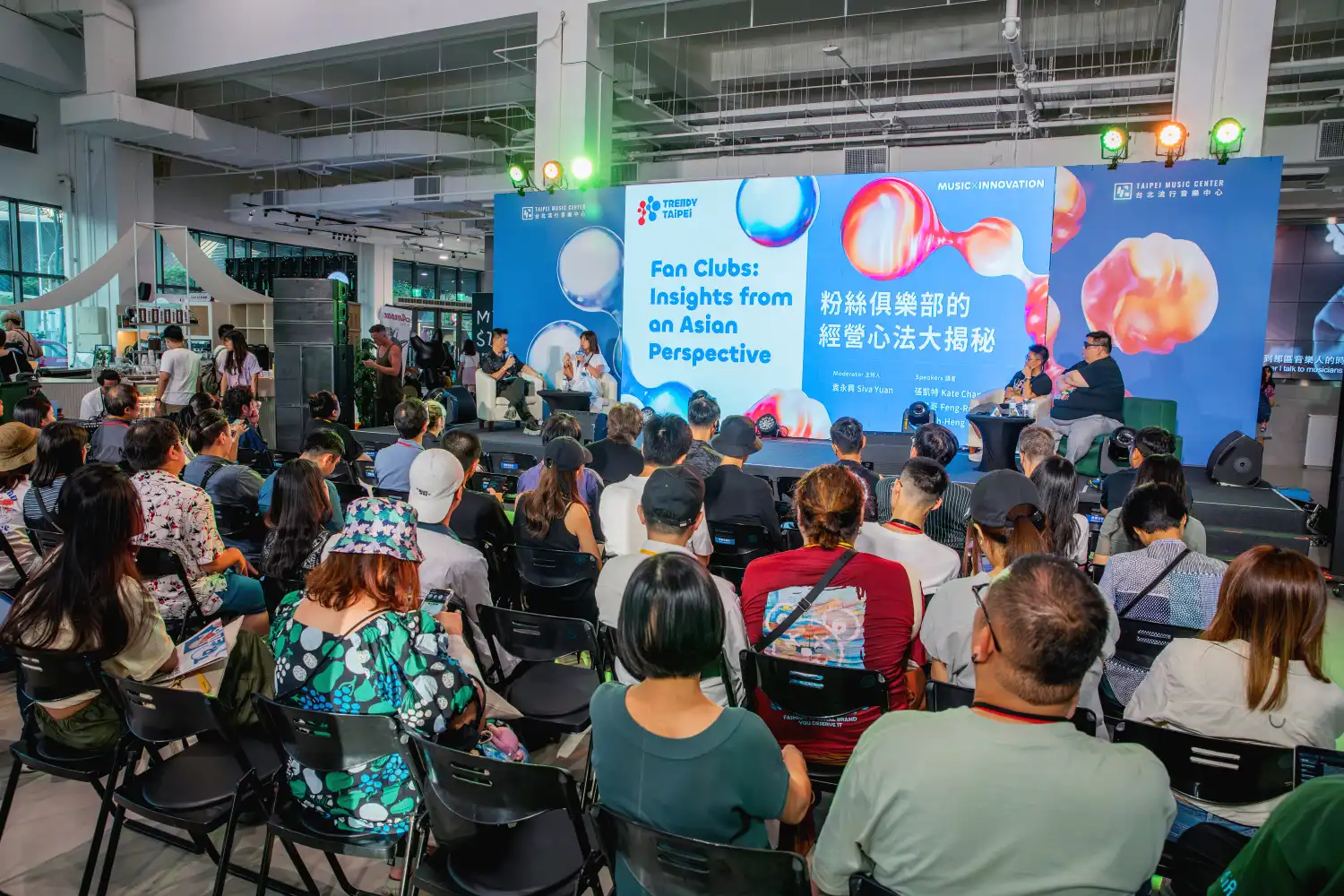
The Evolution of Fan Clubs: Obstacles and Solutions
In this topic, we delve into an interesting aspect of the music industry: the evolution of “fan clubs.” Over time, even fan culture has evolved alongside the music industry. In the past, you could enjoy a song without becoming a fan of the band, but today, being a fan carries much more significance for both artists and listeners. This discussion explores the world of fan clubs and how nurturing this love helps artists grow. The speakers included Kate Chang, CEO of Fantimate; Rueifeng Yang, CEO of Funfull Entertainment (both companies manage artist marketing); and 陳冠亭, a music journalist from Blow.
Today, the relationship between artists and their fan clubs goes beyond just admiration for their music—it involves becoming part of the artist’s world. The line between reality and fantasy has blurred. Some fans openly admit that while they know they’re being deceived by the illusion, they are happy to be part of it.
The more time fans spend listening to an artist’s music, attending concerts, or following them online, the more they prove themselves as die-hard fans. It’s as if they are contributing to the artist’s experience in a meaningful way.
Many listeners use fan culture as an escape from reality. Being part of a fan club is not just about sharing experiences with an artist, but also about joining a community of like-minded people. Even if it requires financial commitment, fans find value in belonging to these groups. Interestingly, these fan communities often reflect a different image of the artist than what is promoted by their label, shaped instead by the direct relationship between the artist and the fans.
Before the pandemic, fans expected close proximity to artists, which made concerts and fan meet-ups highly successful. However, after the pandemic, their focus shifted to the artist’s online presence.
Die-hard fans don’t just spend money on every piece of merchandise—they also actively help artists create online content. This includes interpreting lyrics and music videos to make the content more accessible to other fans. These efforts can only flourish if the band’s marketing team doesn’t overly control the fan experience, allowing for a deeper, more authentic connection between the band and their fans.
In contrast, indie artists often focus solely on their music, neglecting the importance of building relationships with their fanbase. However, in the K-pop and J-pop scenes, fan engagement is a top priority. These industries invest heavily in creating strong bonds with fans, even using the diverse personalities of each group member to connect with fans in different ways.
There’s no denying the critical role fan clubs play in an artist’s success. Artists need to understand their fanbase and be creative in fostering engagement. When the fan experience is well-balanced, it leads to greater opportunities and resources for artists to grow their careers in the future. TRENDY TAIPEI
JAM JAM ASIA: A Festival Showcasing the Musical Diversity and Vision of Taiwan’s Music Industry
On the same day as the Taipei Music Expo, the JAM JAM ASIA music festival was held in parallel. This event featured over 50 artists from Taiwan and other Asian countries, performing across five stages around Taipei Music Center, celebrating the richness of pop music in the Asian region. It’s an important part of the 2024 TRENDY TAIPEI project.
The five stages were incredibly impressive. There was the Big Wave stage, a 5,000-capacity concert hall where top artists from each country came to perform. The other three stages—Groove, Vibe, and Flow—functioned in live houses with capacities ranging from 200 to 1,600 people, offering diverse musical experiences for artists at different levels. There was also an outdoor stage, Echo, for open-air performances. TRENDY TAIPEI
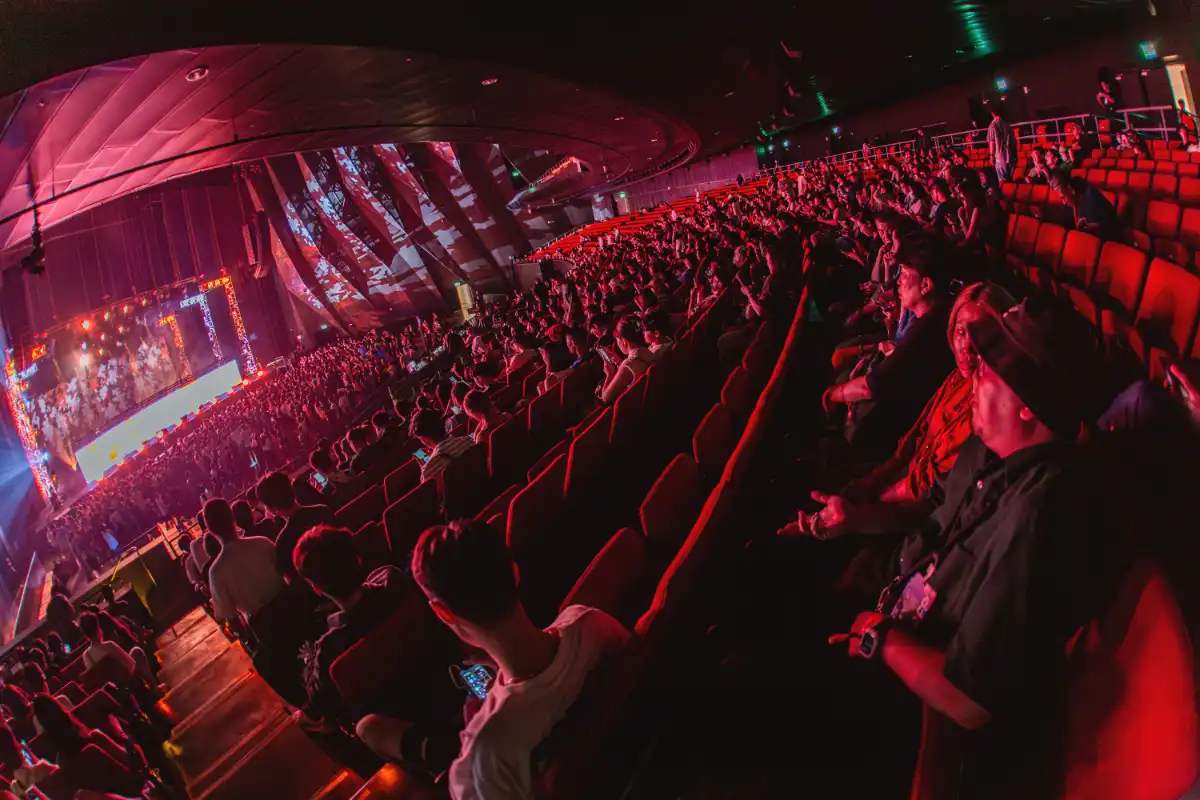
Each hall and live house was meticulously designed with excellent acoustics and fully equipped with top-tier sound and lighting systems, ready to accommodate all kinds of bands. The artist lineups for each stage weren’t too packed, allowing attendees to easily hop between stages. The event brought in some fantastic artists from across Asia, including ASMRZ, the fun duo from Korea, famous for their TikTok hit goodnight ojosama. There were also performances by SIRUP, Cody・Lee(李), and Hakubi from Japan, along with local favorites Wendy Wander (溫蒂漫步), who brought great energy and excitement to the crowd. TRENDY TAIPEI
JAM JAM ASIA not only promoted musical diversity and created new trends for Taiwanese audiences but also reflected Taiwan’s vision of establishing music as a form of cultural tourism or business. This ambition positions Taiwan to become a leader on the global stage.
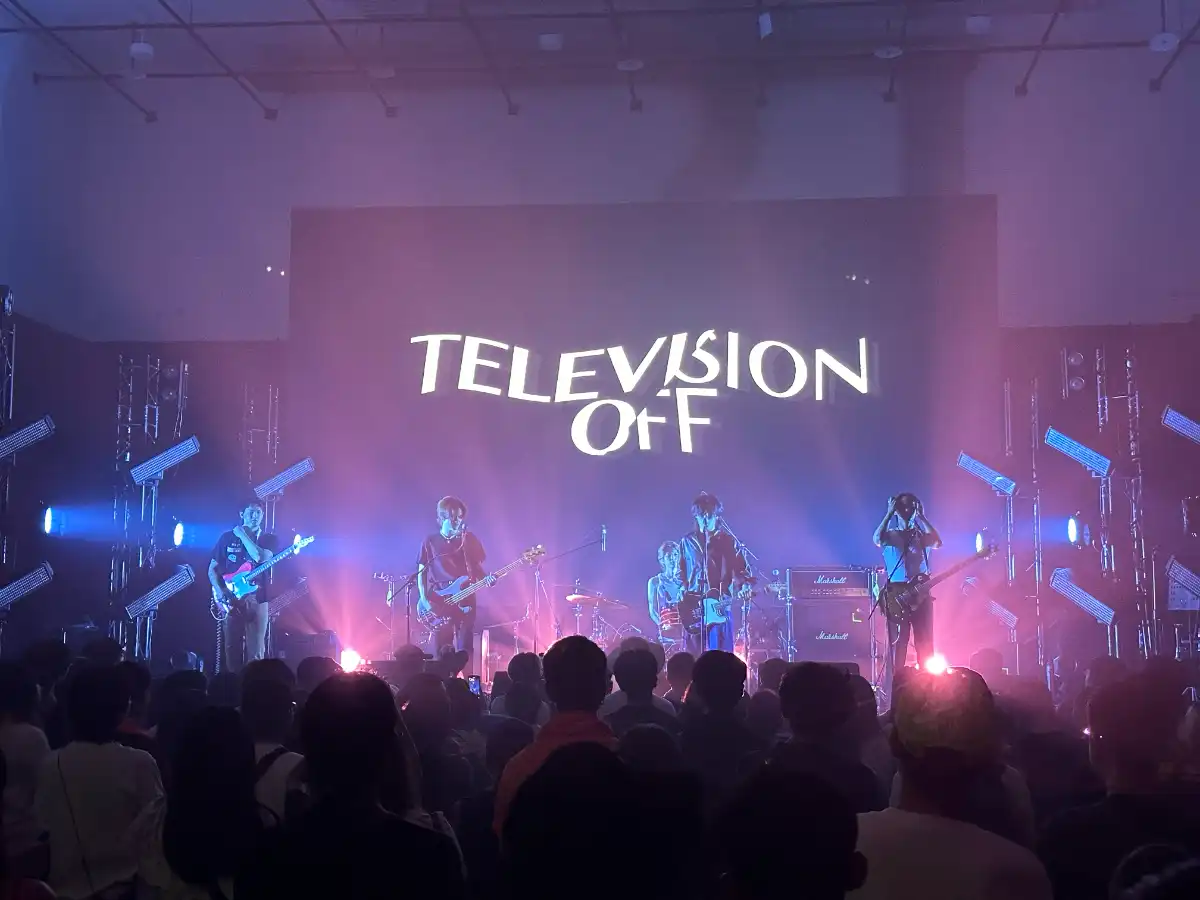
Excitingly, four Thai bands—Polycat, Television Off, Slapkiss, and Only Monday—performed at the festival, and their performances were enthusiastically received by the Taiwanese audience. If you followed Cosmos’ Instagram Stories during the event, you would have seen the lively atmosphere and the great reception these bands received. TRENDY TAIPEI
Additionally, Polycat and Television Off attended the festival with support from the CEA’s Music Exchange Project, which funds Thai artists to showcase their talent at global events, highlighting the potential of Thai musicians on the international stage.
We had the opportunity to talk with Television Off after the event, and they mentioned how impressed they always are whenever they meet their Taiwanese fans. Every show, they receive an overwhelming amount of energy from the audience. They also expressed their gratitude to CEA for providing the funding that allowed them to stand on this stage. They explained that for a Thai artist to perform at the international stage, the costs can be enormous, especially for artists who are not yet well-known, which could lead to missed opportunities like this one. One last thing, they addressed the Thai government, expressing their hope that being an artist could finally be recognized as a legitimate profession, with basic rights and benefits similar to other careers.
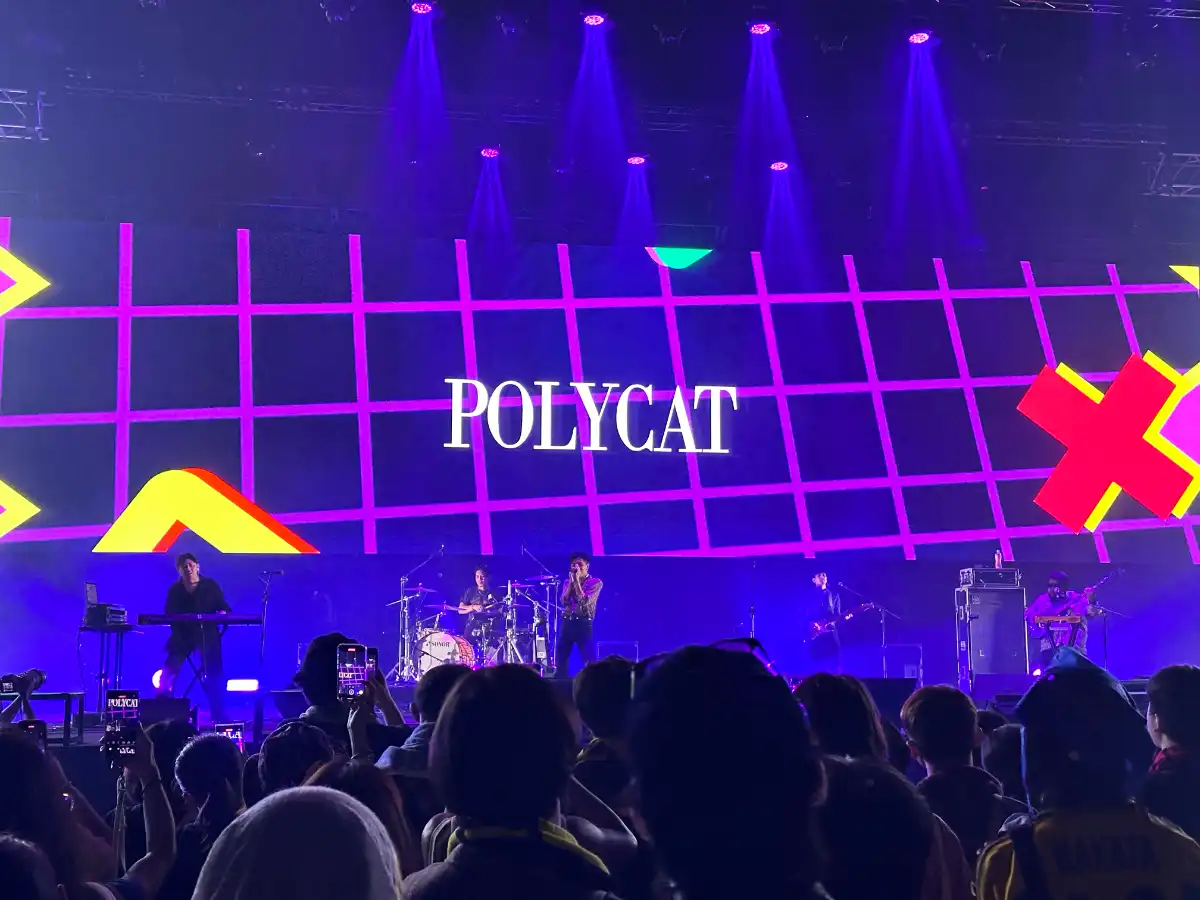
After extensive research to write this article, it’s clear that Taipei has many fascinating aspects. For instance, Chiang Wan-an, the Mayor of Taipei who supported the TRENDY TAIPEI project, is only 45 years old. It’s no surprise that he has the vision to drive such outstanding policies, with the tagline “Create Together, Perform Together, Inspire Together” — emphasizing collaboration within the industry at every step.
It’s not just the music scene; whether it’s film, literature, gaming, or other fields, Taiwan has policies aimed at promoting its cultural products internationally, showcasing that Taiwan is ready to lead in the global cultural market.
Looking back at our own country, finding young, visionary leaders in the government like this is rare. Despite all the talk about promoting “soft power,” we have yet to see any concrete policies. However, there is still hope with the Creative Economy Agency (CEA), which is pushing forward the creative economy by funding Thai artists. Although this initiative only began this year, it’s clear that the people involved are working hard to send Thai artists abroad as cultural ambassadors, much like TRENDY TAIPEI is doing.
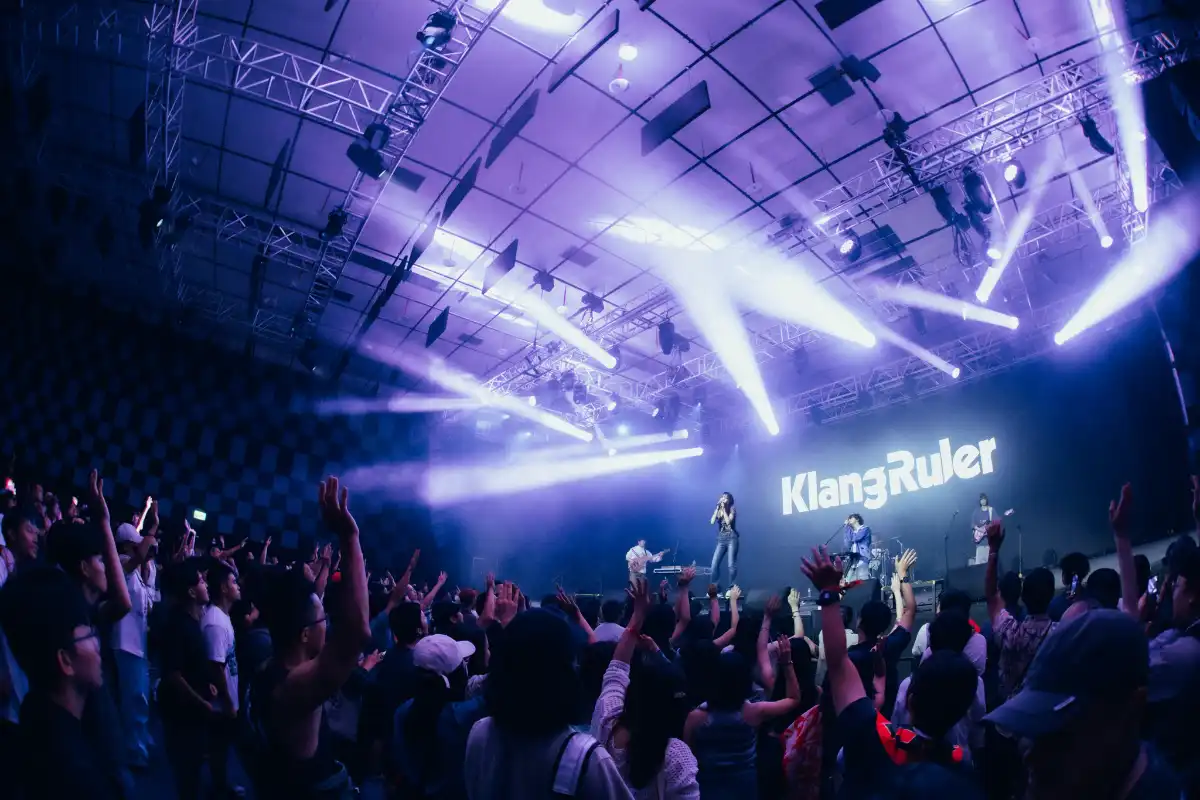
We can only hope that our government will pay more attention to the cultural market and music tourism. After seeing the Taipei Music Center in person, it’s hard not to feel envious of their success, as their policies truly include the people and industry workers in the equation. Hopefully, these aspirations won’t remain just a dream for Thai artists and the music lover of Thailand. TRENDY TAIPEI
Finally, the Cosmos team would like to take this opportunity to thank the TRENDY TAIPEI team for inviting us to participate in the event and the NPCC Curating Co. team for taking great care of us throughout the entire trip. If anyone has the chance to visit Taipei, we highly recommend stopping by the Taipei Music Center and we hope that one day, the Thai music scene will reach the same level of this success.
Stay updated on news and festivals from 2024 TRENDY TAIPEI via Website, Facebook and Instagram.
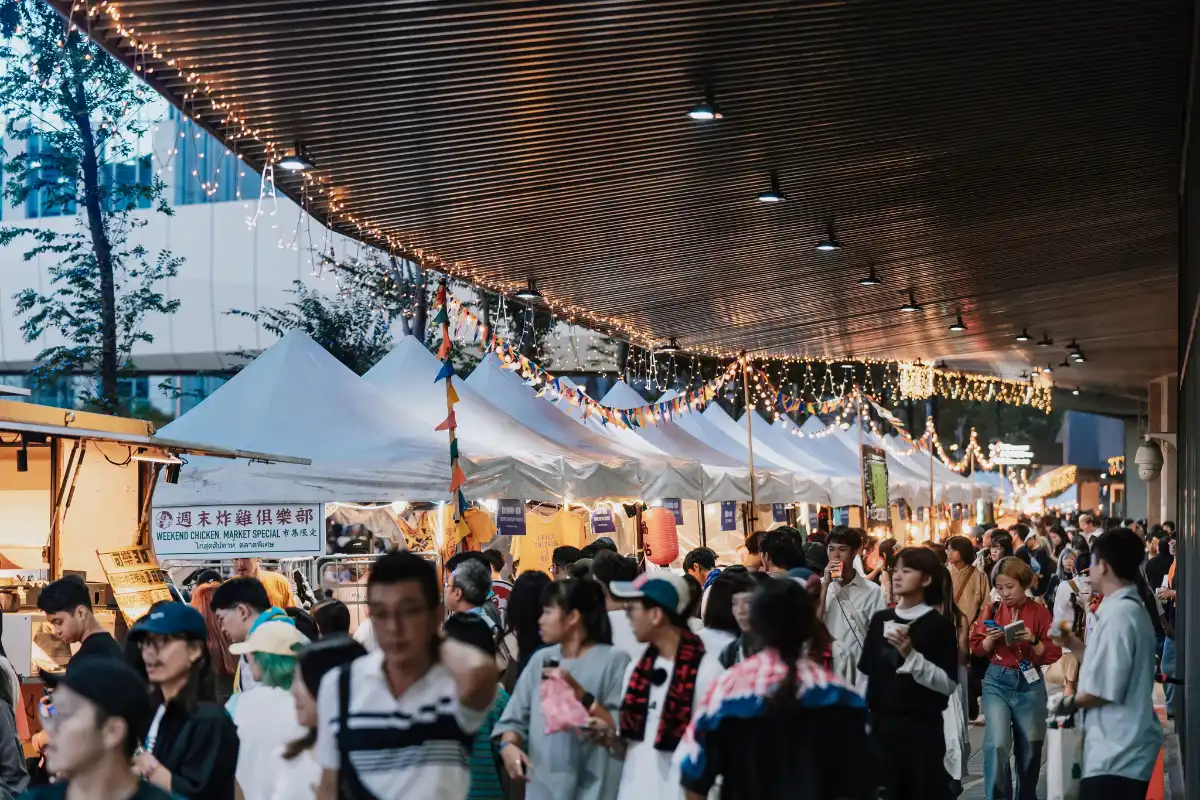
ชอบไปคอนเสิร์ตเพราะเป็นกิจกรรมที่ทำคนเดียวได้ และยังชอบแนะนำวงดนตรีใหม่ ๆ ผ่านตัวอักษรตลอดเวลา

